Lyme Regis, The Harbour c.1955
Photo ref:
L121116


More about this scene
Across the inner basin from the quay (right) beside the Cobb Warehouses is the 17th-century North Wall (centre), which protects the harbour from easterly gales. Beyond are Langmoor Gardens and the Bay Private Hotel on Marine Parade. The wooded skyline above the town extends from Rhode Barton and Thistle Hill to Penn Hill and Timber Hill. Vessels in the harbour range from fishing and pleasure boats registered at Weymouth (WH) and Exeter (E) to RAF launch No 1530 (top left). This, and the smaller No 363, were based at Lyme for bombing-range patrols and air-sea rescue purposes.
Add to Album
You must be signed in to save to an album
Sign inShare This Photo
Buy a Print
Unframed, Mounted, Framed and Canvas prints in a range of sizes and styles.
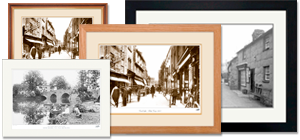
View Sizes & Prices
A Selection of Memories from Lyme Regis
For many years now, we've been inviting visitors to our website to add their own memories to share their experiences of life as it was, prompted by the photographs in our archive. Here are some from Lyme Regis
Sparked a Memory for you?
If this has sparked a memory, why not share it here?

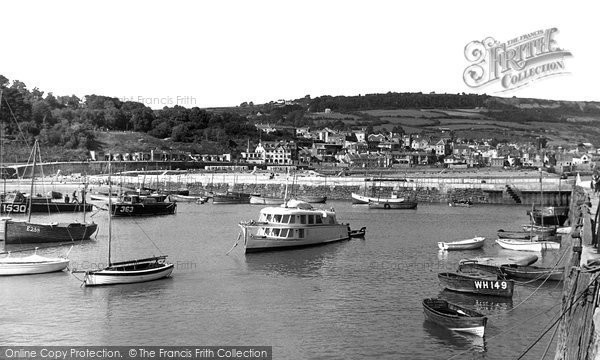
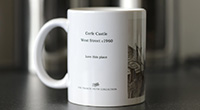
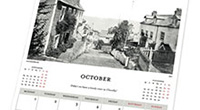
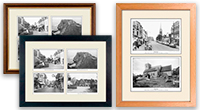
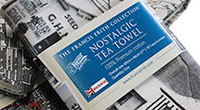

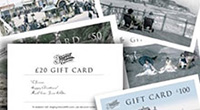
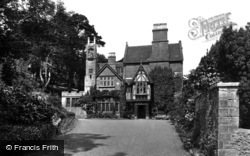
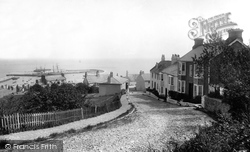
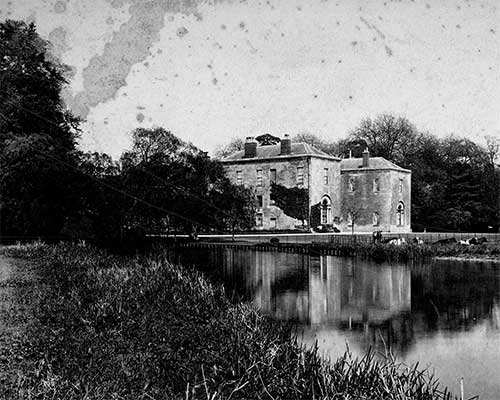 Before
Before
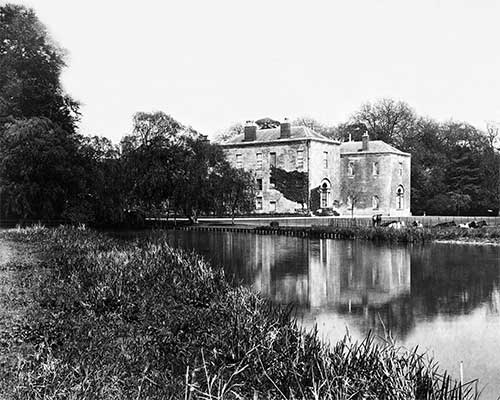 After
After